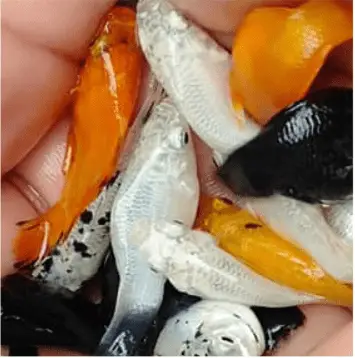Optimal Water Temperature for Molly Fish
Molly fish, scientifically known as Poecilia sphenops, are popular freshwater fish cherished by aquarium enthusiasts for their vibrant colors, hardy nature, and ease of care. Ensuring the optimal water temperature is crucial for the health and longevity of molly fish. This comprehensive guide will delve into the ideal tank temperature, factors affecting water conditions, and essential maintenance practices to create a thriving environment for your molly fish.
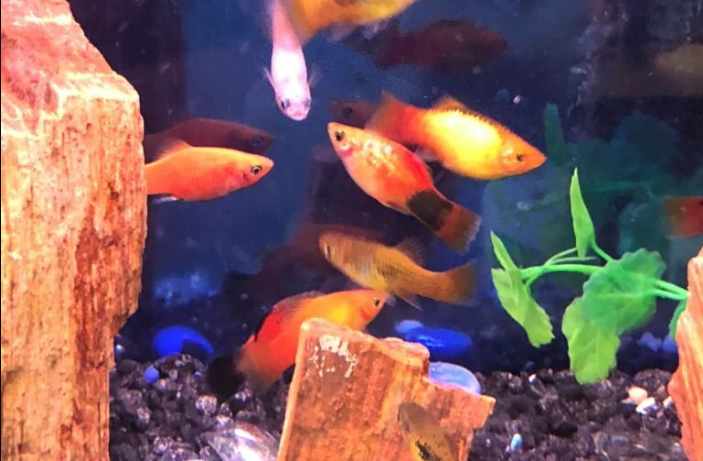
Table of Contents
- Understanding Molly Fish
- Optimal Molly Tank Temperature
- Equipment for Molly Temperature Regulation
- Molly Fish Water Parameters and Maintenance
- Molly Tank Setup and Maintenance Schedule
- Special Considerations
- Conclusion
Understanding Molly Fish
Characteristics and Habitat
Molly fish are native to the warm, slow-moving waters of Central and South America. In the wild, they thrive in a variety of environments, including freshwater streams, coastal marshes, and brackish waters. Their adaptability to different water conditions makes them an excellent choice for aquarium enthusiasts. Molly fish come in various colors, including black, silver, gold, and dalmatian, and are known for their peaceful nature, making them suitable for community tanks.
Molly Lifespan and Survival Rates
Molly fish have an average lifespan of 3 to 5 years, but with optimal care and proper tank conditions, they can live longer. Factors such as water quality, temperature, and diet significantly impact their survival rates and overall health.
Optimal Molly Tank Temperature
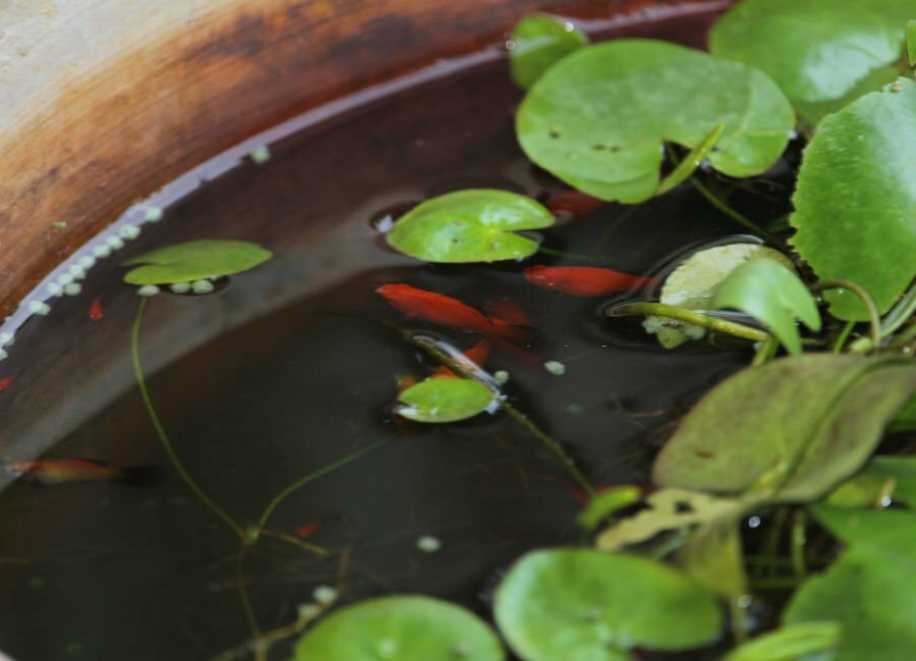
Ideal Temperature Range
The ideal tank temperature for molly fish is between “75°F to 80°F (24°C to 27°C)“. Maintaining this temperature range is crucial as it mimics their natural habitat, promoting comfort, reducing stress, and enhancing their immune system. Consistent water temperature helps prevent diseases and improves overall survival rates.
Importance of Stable Temperature
Fluctuations in water temperature can cause stress and weaken the immune system of molly fish, making them susceptible to diseases. It’s essential to monitor and maintain a stable temperature within the recommended range using reliable equipment such as a heater and a thermometer.
Equipment for Molly Temperature Regulation
Heater
A high-quality aquarium heater is essential to maintain a consistent water temperature. Choose a heater that matches the size of your tank to ensure even heat distribution. A submersible heater with an adjustable thermostat is ideal for providing precise temperature control.
Thermometer
Regular monitoring of water temperature is crucial. An accurate aquarium thermometer helps you keep track of the temperature and make necessary adjustments. Digital thermometers are highly recommended for their precision and ease of reading.
Molly Fish Water Parameters and Maintenance
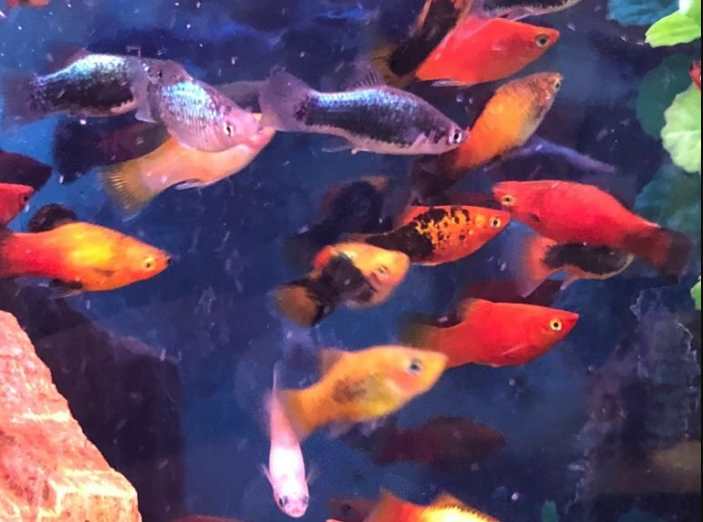
Water Quality
Maintaining optimal water quality is vital for the health of molly fish. Regularly “test water parameters, including ammonia, nitrite, nitrate, pH levels, and water hardness”. Ideal water parameters for molly fish are:
- pH Level: 7.5 to 8.5
- Water Hardness: 15 to 30 dGH
- Ammonia: 0 ppm
- Nitrite: 0 ppm
- Nitrate: < 40 ppm
Filter and Filter Media
A good filtration system is essential to keep the water clean and free of harmful toxins. Aquarium sponge filters are excellent for molly fish tanks as they provide mechanical and biological filtration. Regularly clean and replace filter media to ensure efficient filtration and optimal water quality.
Water Circulation
Proper water circulation is necessary to distribute heat evenly and maintain a stable temperature. An aquarium water pump or airstone can help improve water movement, ensuring a healthy environment for molly fish.
Molly Tank Setup and Maintenance Schedule
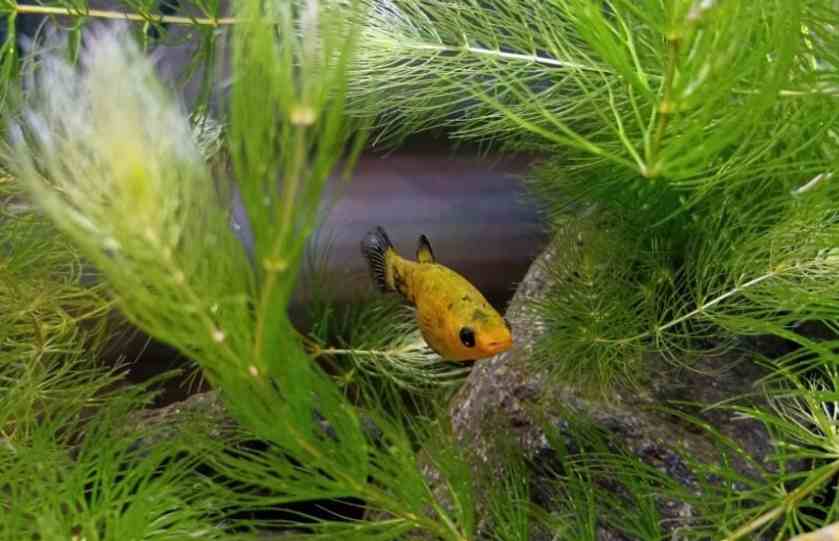
Initial Tank Set Up
- Tank Size: A minimum of 20 gallons is recommended for a small group of molly fish.
- Heater and Thermometer: Install a reliable heater and thermometer to regulate and monitor the water temperature.
- Filter: Set up an efficient filtration system to maintain water quality.
- Lighting: Provide adequate lighting to simulate natural day and night cycles.
- Decor and Plants: Add decorations and live plants to create hiding spots and reduce stress.
Maintenance Schedule
- Daily:
- Check water temperature and ensure it is within the optimal range.
- Observe fish behavior and health.
- Weekly:
- Test water parameters using a reliable test kit.
- Perform a 25% water change to remove toxins and maintain water quality.
- Clean the aquarium glass and remove debris.
- Monthly:
- Clean the filter and replace filter media if necessary.
- Inspect and clean the heater and thermometer.
- Trim and maintain live plants.
www.tinyfishtank.com
Special Considerations
Molly Breeding and Fry Care
Molly fish are livebearers, meaning they give birth to live young. For successful breeding, maintain the optimal temperature and water conditions. Provide hiding spots for fry using dense plants or breeding boxes to protect them from adult fish. Fry require slightly warmer temperatures around 78°F to 80°F (25°C to 27°C) for healthy growth.
Addressing Molly Diseases
Common diseases in molly fish include ich, fin rot, and fungal infections. Maintaining stable water temperature and quality helps prevent these diseases. Quarantine new fish before introducing them to the main tank to avoid spreading infections.
Molly Stress Reduction
Stress is a significant factor affecting the health of molly fish. Maintain a calm environment by avoiding sudden changes in water conditions, providing hiding spots, and ensuring a stable temperature. Regularly monitor water parameters to prevent stress-related diseases.
How To Keep Your Mollies Healthy And Happy? [8 Secrets Reveal]
www.tinyfishtank.com/
Conclusion
Ensuring the optimal water temperature for molly fish is crucial for their health, comfort, and longevity. By maintaining a stable temperature within the ideal range of 75°F to 80°F (24°C to 27°C) and adhering to proper tank maintenance practices, you can create a thriving environment for your molly fish. Regular monitoring of water parameters, using reliable equipment, and providing a suitable habitat will contribute to the overall well-being of your molly fish, allowing them to thrive and bring vibrant life to your aquarium.
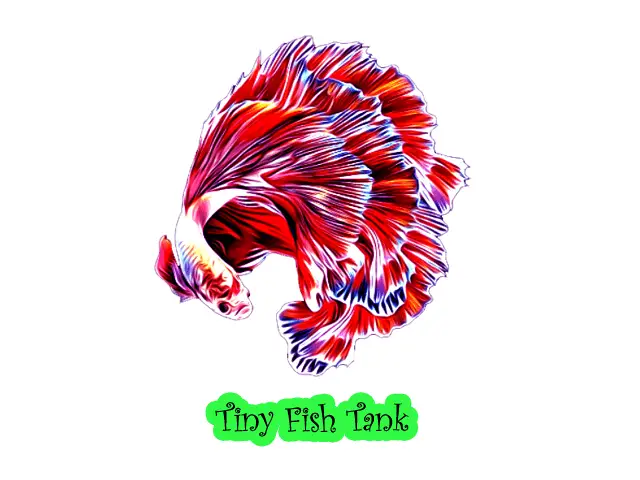
![Can Mollies Eat Ants, Bug Bites And Houseflies? A Safety Guide for Fish Owners [Avoid these 4 Insects]](https://www.tinyfishtank.com/wp-content/uploads/2023/11/Mollies-Eat-Ants-768x503.jpg)
![Can Mollies Have Babies Without Males? [3 Vet advice]](https://www.tinyfishtank.com/wp-content/uploads/2023/02/Can-Mollies-Have-Babies-Without-Males.webp)
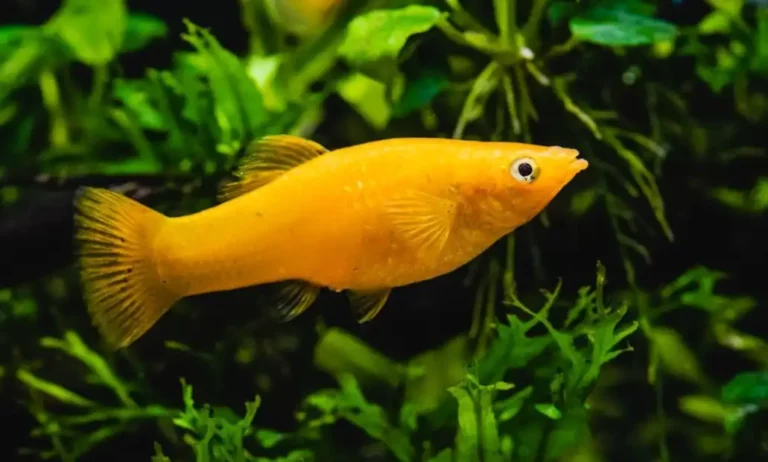
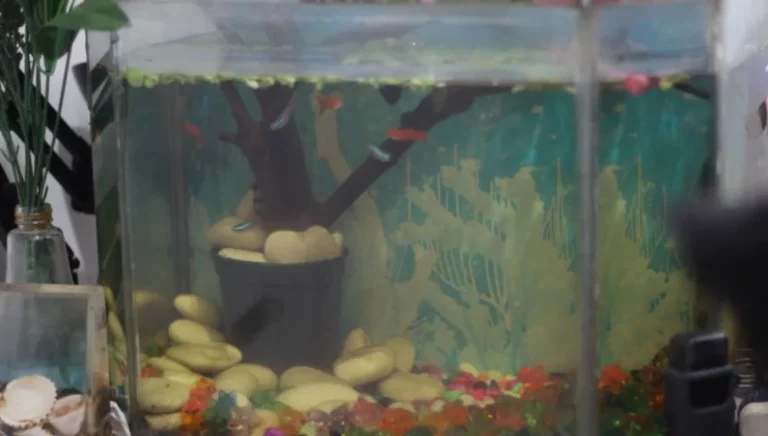
![How to tell if Molly is Pregnant? [4 Pro Tips]](https://www.tinyfishtank.com/wp-content/uploads/2023/03/How-to-tell-if-Molly-is-Pregnant-768x472.webp)
